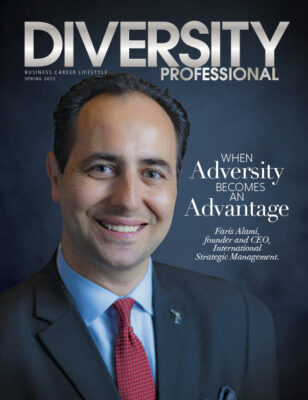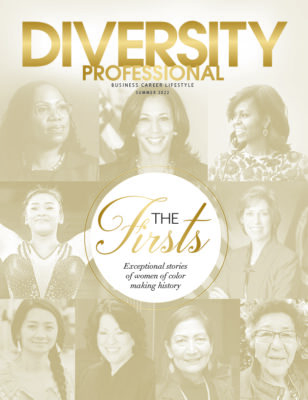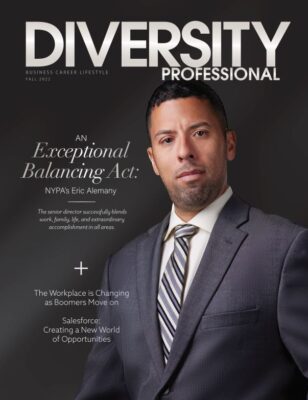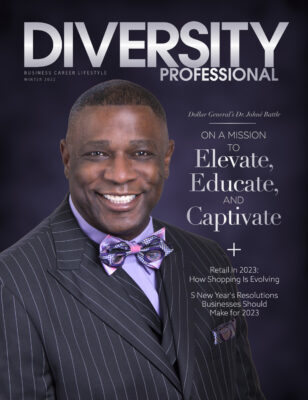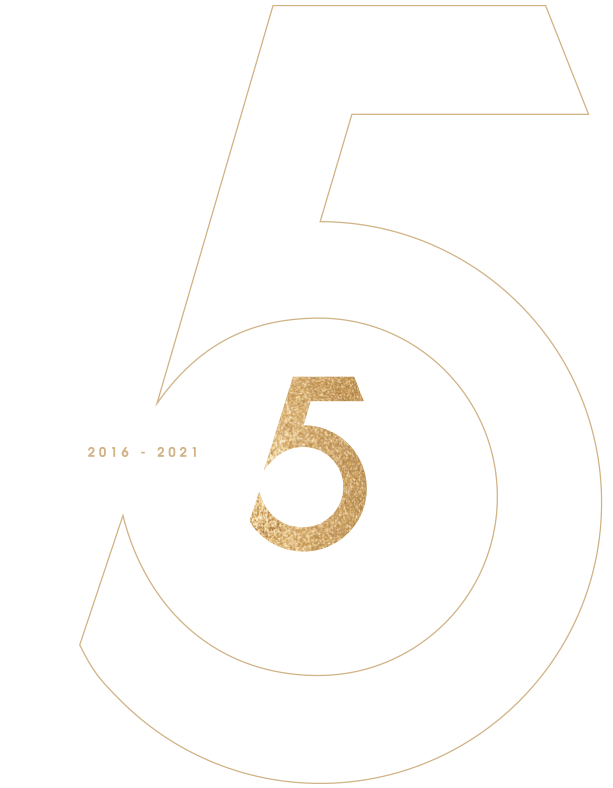Breaking Barriers And Lifting As She Climbs
It’s no secret Hollywood is one of the toughest places to succeed, particularly for minorities and women. Whether it’s in acting, producing, and especially directing, diverse representation in films and television, in front of and behind the camera, is often nominal.
It can be difficult for a woman to break into the directing ranks as most directors in Hollywood are men. Fortunately, Tinsel town’s resistance and roadblocks for women haven’t stopped the phenomenal breakthrough and ascension of director Ava DuVernay, who is currently directing Disney’s A Wrinkle in Time, making her the first black female director and only the third woman ever to helm a $100 million movie.
DuVernay had an untraditional start to her film career. She didn’t go to film school and started as a film publicist, helming the DuVernay Agency, which specialized in movie marketing for African-American audiences. While on the set of the 2004 thriller Collateral, starring Jamie Foxx and Tom Cruise, she felt inspired to make her own films.
Her first forays into film making were shorts, such as 2006’s Saturday Night Life and the documentaries This Is the Life (2008), which looked at alternative hip-hop artists, and My Mic Sounds Nice: The Truth About Women in Hip Hop, which aired on BET in 2010. That same year, with a modest $50,000 budget, DuVernay made her feature film debut as director and screenwriter with the drama I Will Follow, a poignant drama about a woman who is grieving over the loss of her aunt to cancer. The work got DuVernay noticed, with film critic Roger Ebert calling the film, “a universal story about universal emotions.”
In 2011, DuVernay co-founded the African-American Film Festival Releasing Movement, a group dedicated to supporting the release and distribution of black indie movies. A year later, she made history with her second feature film, Middle of Nowhere, becoming the first African- American woman to win the best director award at the Sundance Film Festival. Her major mainstream breakthrough came with the Academy Award-winning movie “Selma” when DuVernay became the first woman of color to direct a film nominated for a Best Picture Oscar. Although, she wasn’t Nominated for the Best Director Oscar, DuVernay’s status as a major Hollywood player was solidified.

It would be easy to continue with a glowing profile full of superlatives charting DuVernay’s rise. But to get a truer sense of who she is and what matters to her, it’s best to allow her to tell the story in her own words.
Her early film aspirations.
“I didn’t dream of this. I just wanted to make my own small films. I saw a way to be able to take a small amount of money that I had saved… to buy a house, and I made a film with it instead. I was going to distribute it myself, take the money that I made from that, put it into another film. I thought, ‘Maybe one day I’ll make a film for $1 million. That would be cool.'”
— Told to Gayle King on CBS This Morning.
Hiring all female directors and mostly women and minorities to edit the series Queen Sugar on OWN
“I wanted to make something in my likeness,” she says, “which meant asking, can I bring in women who’ve never directed television before? Can that be done? We proved it can.” —interview with Oprah magazine
Thoughts on diversity
“Forward-thinking people and allies of this cause within the industry have the common sense to know that this [problem] is systemic. There needs to be more done than applauding one or two people who make it through your door.”
“Racism, sexism, classism— it’s a patriarchal system, a system that’s built by a certain kind of person, a man. That threatens what little progress we’ve made. And it’s easier for white men to maintain the status quo, to keep telling stories about themselves, to keep shutting out difference. — The Hollywood Reporter
Why she chooses the term inclusion or belonging rather than diversity.
“We’re hearing a lot about diversity. I hate that word so, so much. I feel it’s a medicinal word that has no emotional resonance, and this is a really emotional issue. It’s emotional for artists who are women and people of color to have less value placed on our worldview.”
“There’s a belonging problem in Hollywood. Who dictates who belongs? The very body who dictates that looks all one way.” — The New York Times
And
“We aren’t sitting around talking about diversity, just like we aren’t sitting around talking about being black or being women. We’re just being that.”
— The Hollywood Reporter
Finally, this sums it up.
“No one’s going to stop me from doing what I want to do; I just have to figure out a way to do it that might not be the easy route that my counterparts who don’t look like me and identify as I do have. They have a bit of an easier time of it, an easier road, but it doesn’t mean I can’t do it. It may just take me a bit. Part of the challenge that I find when I enter these conversations with journalists is that [you’ve] thought about it in a way that society thinks about it: “the plight of the woman filmmaker,” “the plight of the black artist,” “the plight of whoever is on the outside.” But if you receive it and treat it as a plight, that starts to manifest in you and your work, and it affects your creativity.
— The Hollywood Reporter

